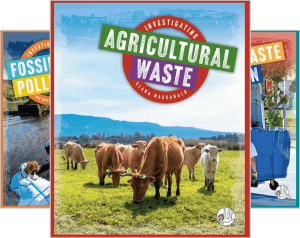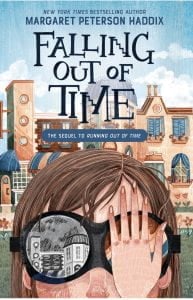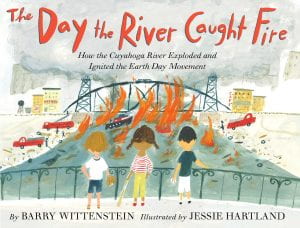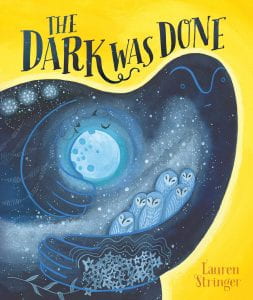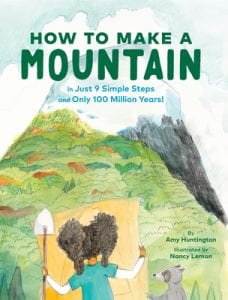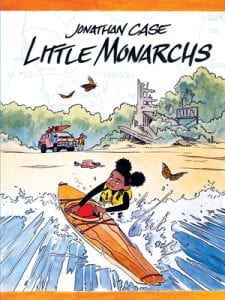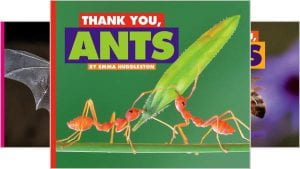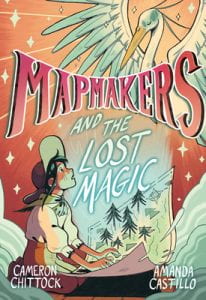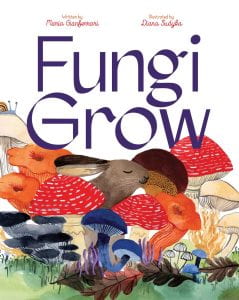 Gianferrari, Maria. Fungi Grow. Beach Lane Books, 2023. 978-1-665-90365-3. 40 p. $18.99. Grades 2-5.
Gianferrari, Maria. Fungi Grow. Beach Lane Books, 2023. 978-1-665-90365-3. 40 p. $18.99. Grades 2-5.
Fungi grow all around us, and this book introduces readers to their mysterious world. Fungi grow from spores which form threads that spread and create a complex network of roots. Mushrooms are the fruit, and they can be found both above and below ground. The lyrical text is supplemented by fact boxes that share additional information about how spores are spread, how some mushrooms can absorb enough water to crack cement, and how fungi are also used to create antibiotics. The gouache watercolor and digital illustrations include a wide variety of labeled fungi. Additionally, many pages also feature word art visualizations of how spores move and grow, detailing how they puff, plop, poof, sprout, branch, poke, splash, swirl, and multiply. Backmatter includes a warning to never eat wild mushrooms until their identity is confirmed by an expert as well as a glossary and a list of blogs and websites for further reading. Information about how fungi help the environment, fun fungi facts, and a diagram of the fungi life cycle are also featured.
THOUGHTS: There are many books about the life cycles of animals and plants, but this title will fill gaps about how other living things grow, change, and impact the environment. This is a visually interesting title to browse, or share it with science-loving students.
579.5 Fungi

